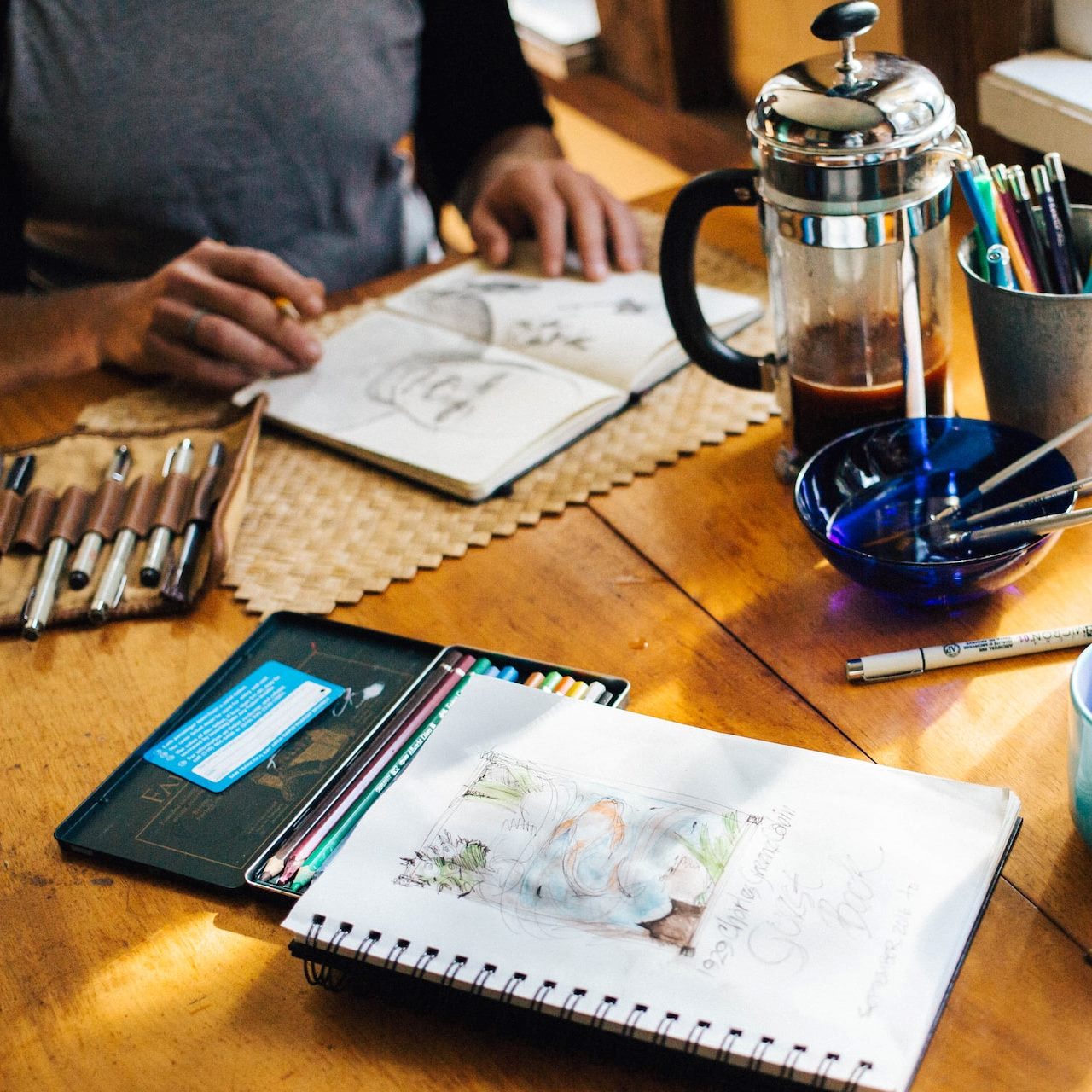Introduction: Communication of Faith
In a world that often seems dark and frightening, religious paintings can be a source of light and hope. For centuries, artists have been using their talents to glorify God and inspire more faith in people of all backgrounds.
Whether it’s the Sistine Chapel or a simple painting of Jesus, religious art has the power to touch our hearts and minds. It can remind us of the beauty and goodness that exist in the world, even in the midst of suffering.
For Christians, religious paintings can be especially meaningful. They can help them remember that Jesus is always with them, no matter what they’re going through. They can also give strength and courage to face life’s challenges.
For those who may not have a personal connection to religion, viewing religious paintings can be a way to connect with something bigger than ourselves. It can be an opportunity to reflect on our own beliefs and values and think about how we fit into the larger story of humanity.
No matter what your beliefs are, religious paintings can offer comfort, peace, and inspiration.
The Role of Art in Religion
Art has played a significant role in the history and evolution of religion. Art designed to be religious has a long tradition, and it's used to communicate all sorts of spiritual stories, beliefs, and values. Religious art can be found in churches, cathedrals, and homes around the world, and it has the ability to bring people of all faiths together.
Art can be a simple way to creatively communicate your inner thoughts, and this can help other people visualize what you are communicating and be inspired.
Religious art often depicts scenes from religious texts or stories. These images can be used to teach people about their religion and help them remember important events or messages. In some cases, religious art is also used as a form of prayer or meditation. For example, Buddhist mandalas are often used in meditation practices.
Art can also be used as a form of worship. Many religions have hymns or songs that are sung during services. These songs often have beautiful melodies and lyrics that praise the deity.
Whether we are creating art or simply viewing it, the experience can be deeply meaningful and transformational. It is one of the ways we can connect with our own humanity and the mystery that lies beyond us.
How Does Religious Painting Connect to People
In a time where the world is so easily accessible and we are constantly bombarded with images, it can be easy to forget the power that a single image can have. Whether it’s a photo on your phone or a painting hanging in a museum, each image has the ability to speak to us on a personal level. People have been painting religious scenes for centuries. But how does religious painting connect to people? Let’s read more about how these paintings can help us understand our own spirituality.
Religious paintings can be incredibly powerful. They can help us see the divine in everyday life, and they can remind us of our connection to something bigger than ourselves. They can also be a source of comfort and inspiration in times of need.
For many people, religious paintings are a way to connect with their faith. They can offer a glimpse into another world, and they can inspire us to be better people. Whether we’re looking at a beautiful landscape or a powerful portrait, religious paintings can help us see the world in a new light.
Over the years, countless religious artists have utilized their work to examine various nuances of biblical and historical events. Painters are known for creating distinctive pieces incorporating various colors and styles.
Michelangelo's painting, The Creation of Adam, for instance, illustrates how the creation of man in the Genesis passage "God created man in his own image" was derived from two similar bodies, both firm and solid. He demonstrated a biblical event by creating art, and it enabled the audience to see what it was like.
The Impact of Religious Paintings Around the World
Religious paintings can have a profound impact on those who see them. They can provide hope or serve as a reminder of our shared humanity. For many people, these paintings are an important part of their religious practice.
Religious paintings can also be controversial. Some people feel that they should not be on display in public places because they may offend non-believers. Others believe that these paintings should be more widely available so that everyone can appreciate their beauty and meaning.
Painting revolutionized society by bringing people comfort, hope, and beauty. Paintings may also serve as an inspirational force that individuals find helpful in their religious journeys.
Paintings have been used as an important form of nonverbal expression since ancient times, as a means to inspire worship, advance healing, and communicate spiritual messages. While the effects of religious paintings may vary from culture to culture, the symbolism is universal: paintings are a powerful means for religious expression and connection.
Conclusion: The Uniting Power of Religious Art
Art has been used as a source of inspiration, a vessel for storytelling, and a way to communicate messages of religious belief. Despite the vast array of religions practiced globally, there is one commonality that can be found in the art created in their honor: the uniting power of religious art.
Religious art also has the ability to inspire hope and bring comfort in times of hardship. In a world that is often filled with darkness and despair, religious art reminds us of the light that exists within all of us.
Religious art has the ability to bring people together from different cultural backgrounds. It may create a social atmosphere where people of all faiths can harmoniously share their beliefs. Artwork can also have a subtle educational function. It can help spread awareness on a worldwide scale.
